The 7 Leave No Trace Principles and their Application: Your Guide to Environmentally Conscious Outdoor Behavior
Discover how the Leave-no-Trace principle can revolutionize your outdoor experience. Protect what you love and read more about this environmental protection.
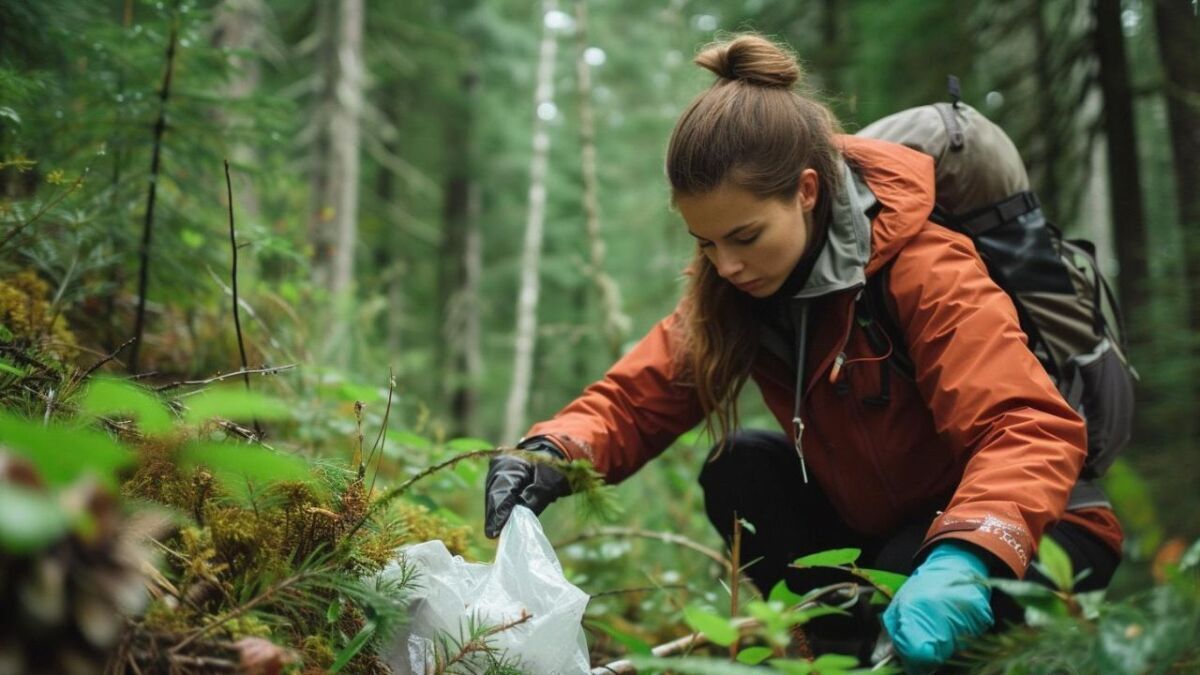

From Martin Gebhardt. Check out my “About me” page.
👉 The key facts from this guide
- Leave No Trace (LNT) is a philosophy that promotes respectful and sustainable behavior in nature to avoid environmental damage.
- The origins of LNT date back to the 1960s in the USA; the formal guidelines were developed in the 1970s by various organizations.
- LNT encompasses seven principles that are intended to guide outdoor activities to minimize environmental damage and preserve nature for future generations.
- LNT approaches are adaptable to various environments, from deserts to mountain landscapes, and emphasize minimal environmental impact.
- Engagement in the community is crucial for promoting LNT - through participation in local environmental groups, as ambassadors, or in volunteer projects.
- LNT is not only relevant for remote wilderness areas, but can also be practiced in everyday life and during local outdoor activities.
You love nature, but the traces of our adventures can be deeper than we think.
Imagine being able to pursue your outdoor passion without harming nature.
Leave No Trace (LNT) is the guide for living wild and responsibly in the great outdoors.
With over many years of experience as a wilderness mentor, I will show you how to leave nothing but gratitude to nature. I have successfully implemented dozens of outdoor projects.
Are you ready to take the next step towards a responsible nature experience? Then follow me into the world of Leave No Trace - for wild adventures without lasting scars.
Leave No Trace - A Scout for Mother Nature
Imagine being able to pursue your outdoor passion while helping nature stay breathtaking.
This is exactly what the Leave No Trace principle (LNT) allows you to do.
LNT is not just an idea - it is a compass that shows you how to move in nature without harming it.
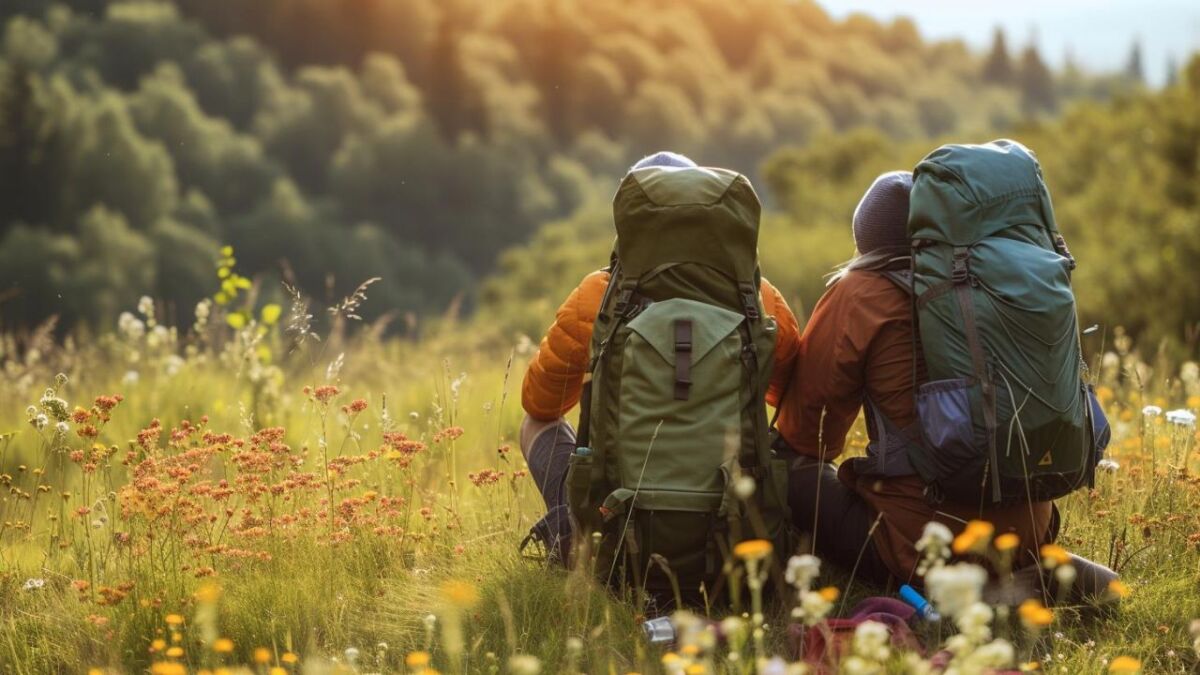
I have been working as a wilderness mentor for over 7 years and have seen in countless projects and courses that there is a different way.
One that allows us to enjoy the beauty of nature while living harmonizing with it.
The principle that makes this possible? Leave No Trace.
In the following, I will present to you the groundbreaking ideas of the Leave No Trace concept, enriched with practical knowledge from my many years of experience in promoting sustainable interaction with nature.
Let me show you how, armed with these principles, you can approach your next outdoor adventure while also honoring the call of nature.
Are you ready to take the first step?
Time Travel: The Roots of Leave No Trace
You might think that Leave No Trace is a modern invention, shaped by our current eco-consciousness, right?
But no, the idea is not new. In the 1960s, some outdoor organizations in the USA began to recognize the negative impacts of increasing outdoor activities on nature.
This realization was the spark!
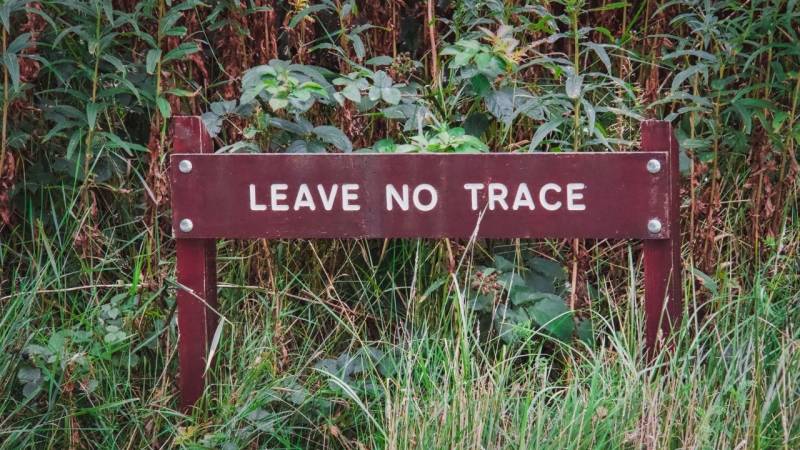
As visitor numbers to national parks continued to rise, so did the traces we left behind:
- Mountains of garbage
- eroded paths and
- disturbed wildlife
That was the moment when the LNT fire was ignited. Education campaigns followed, aiming to create awareness, but it took a concerted effort to bring about real change.
The concept is taking shape
In the 1970s, various organizations finally developed the first Leave No Trace guidelines.
It was a revolutionary approach, like a gentle whisper in the forest, saying:
Respect me, and I will show you my beauty.
The U.S. Forest Service, The National Park Service, the Bureau of Land Management, and many more came together and formed the non-profit organization "Leave No Trace Center for Outdoor Ethics" (Here you can visit the English website).
This collaboration was the foundation for what we now know as LNT principles.
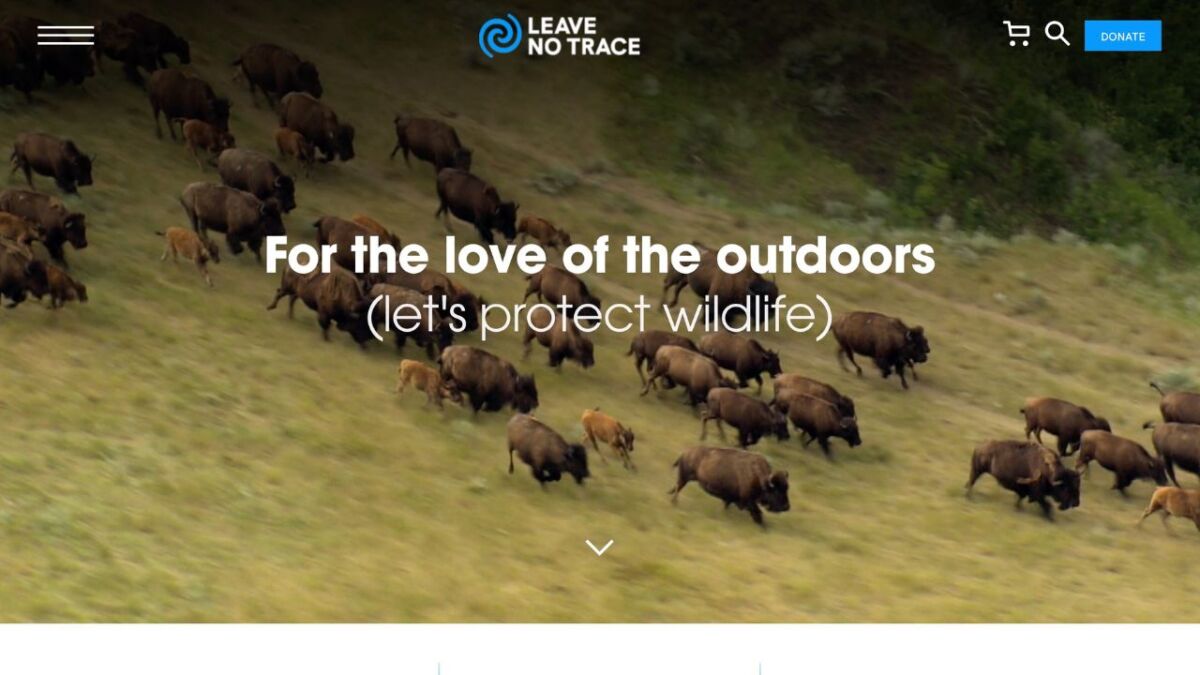
The Nature as a Teacher
What I have learned on my hikes is that nature is the best teacher.
And the principle of Leave No Trace is like a guide that helps us to truly understand and respect the lessons it has to teach us.
We do not inherit the Earth from our ancestors, we only borrow it from our children.
This old proverb, often attributed to indigenous peoples, perfectly captures the spirit of LNT:
We are here to preserve, not to destroy.
The historical background of LNT is not just a story about guidelines, it is a story about how we as an outdoor community have learned to respect our planet.
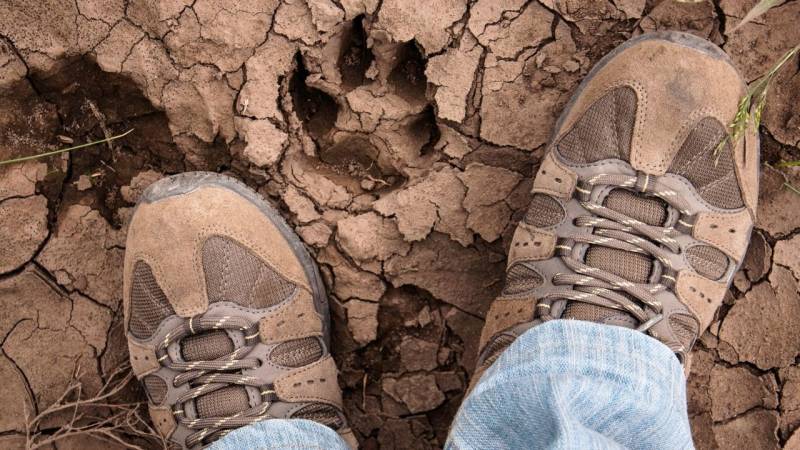
The Ethics that Guide Us
The role of LNT in modern environmental ethics cannot be overestimated.
It is an ethical foundation that teaches us how we can feel as PART of nature - not as its conquerors.
The core of LNT is respect for nature and the shared space that we all enjoy.
Our hiking boots may touch the earth, but we don't leave a deep trace.
Instead, we leave a silent thank you, an invisible sign of respect for the wilderness and everything that lives within it.

The current significance of Leave No Trace
In a world that is becoming increasingly loud and crowded, LNT is our opportunity to be gentle whisperers, saying:
I was here and left nothing but my gratitude.
LNT is not a rigid set of rules; it is a living philosophy that grows and evolves with us as we explore and enjoy the beauty of nature.
So, next time you lace up your hiking boots and pack your backpack, remember the roots of Leave No Trace.
And feel yourself as part of a movement that started long before our time and will continue long after us.

The 7 Principles of the Leave No Trace Principle
We have already talked about the philosophy and history of Leave No Trace (LNT).
👉 Now it's time to get down to business: the seven principles that should guide your outdoor actions.
I share this wisdom with you, just as I have learned and lived them on my adventures.
Principle 1: Planning and Preparation
Before you jump into your boots, take a moment to pause.
Planning is everything.
Not only to make your trip safe and enjoyable, but also to preserve nature.
Here are a few things I always consider:
- Know the rules and peculiarities of your destination: Get informed about regulations and protected areas before you set off
- Check the weather: Always be prepared for rain, snow, and heat.
- Create emergency plans: Do you know escape routes and do you have a contact list with you?
- Avoid peak times: Plan your trips in a way that you avoid large crowds.
- Stay in small groups: If you are a large group, split up - small groups are gentler on nature.
- Pack food with minimal waste: Take food out of its original packaging to avoid unnecessary waste.
- Equipment: Does it fit your goals, and can it be dismantled without a trace?
- Use map and compass: Instead of leaving cairns and markings, rely on your navigation skills.
I'm telling you, good planning can make the difference between an untouched wilderness and a campsite full of trash.
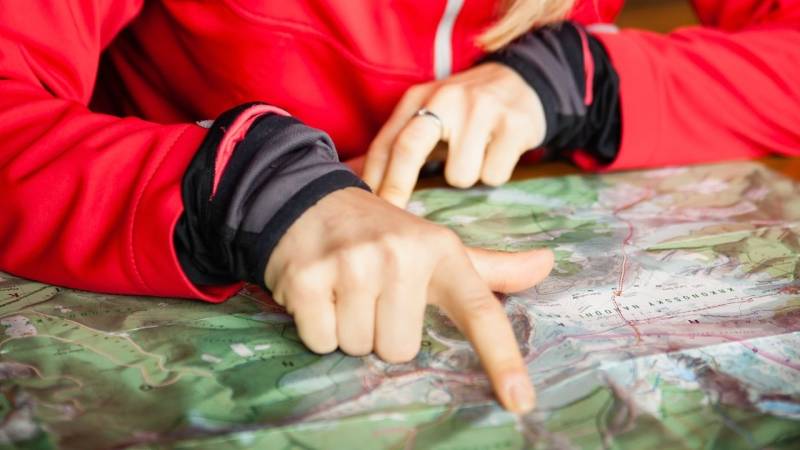
Principle 2: Stay on paths and trails
Imagine you are a shadow that leaves barely any traces.
We move on trails and camp in places specifically designed to protect the habitat of wildlife.
It's about preserving the magic of the place for future generations.
This is important:
- Use durable surfaces: Walk on existing trails, camp in designated areas, or on sturdy surfaces such as rocks, gravel, dry grass, or snow.
- Protect shorelines: Set up your camp at least 60 meters away from lakes and rivers to preserve sensitive shoreline areas.
- Find good campsites instead of making them: Do not alter sites; use existing spots instead of creating new ones.
-
In popular areas:
- Stick to existing trails and campsites.
- Walk single file in the middle of the trail, even if it's wet or muddy.
- Keep campsites small and limit activities to areas without vegetation.
-
In untouched areas:
- Distribute your activities to avoid the creation of trails and camps.
- Avoid places where the first signs of interference are visible.
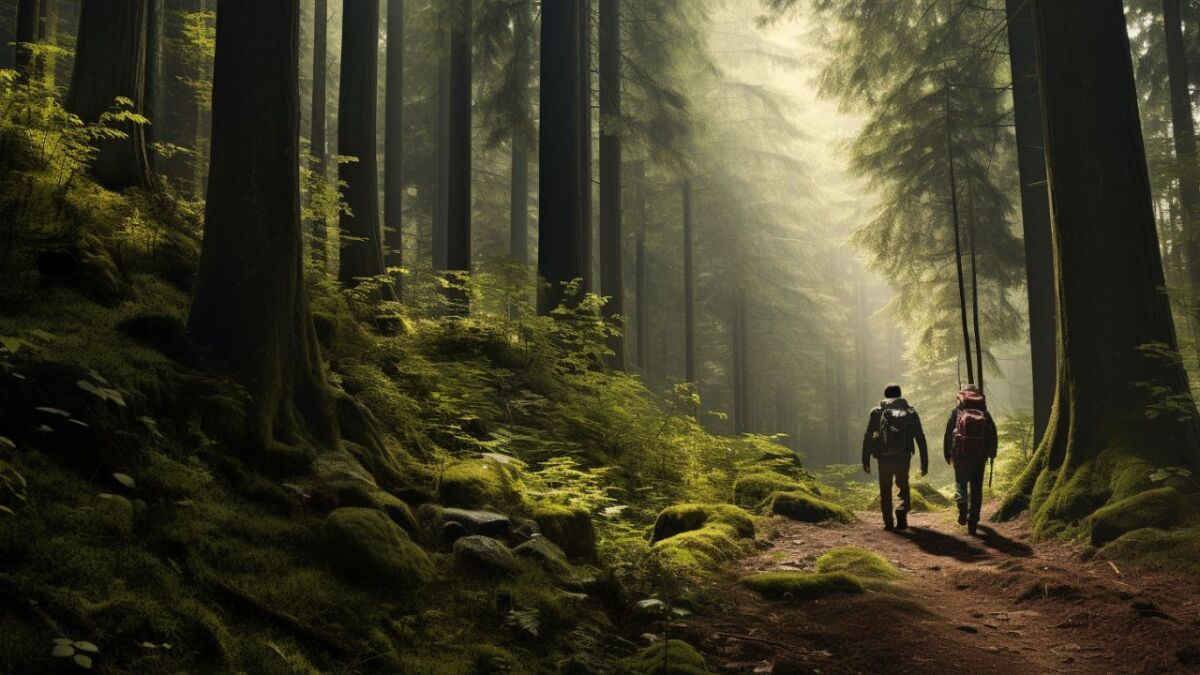
Principle 3: Properly Dispose of Waste
Pack it in, pack it out.
This is my mantra.
Everything I bring, I take back with me.
Separating waste at home is great, but in the wilderness it is essential.
Always remember: Nature has no trash cans!
In detail, this means for you:
- Do not leave any trash: Everything you bring, you take back with you. Check your resting place and camp for waste and food leftovers and take all trash with you.
- Dispose of human waste correctly: Bury solid human waste in a hole 15-20 cm deep, at least 60 meters away from water, camp, and trails - and camouflage the spot afterward (Here's my complete guide on that).
- Toilet paper and hygiene products: Bury toilet paper deep or take it back with you along with other hygiene items.
- Washing in nature: Use water for body or dish cleaning at least 60 meters away from water sources and use only biodegradable soaps. Strain dirty water and pour it out dispersed.
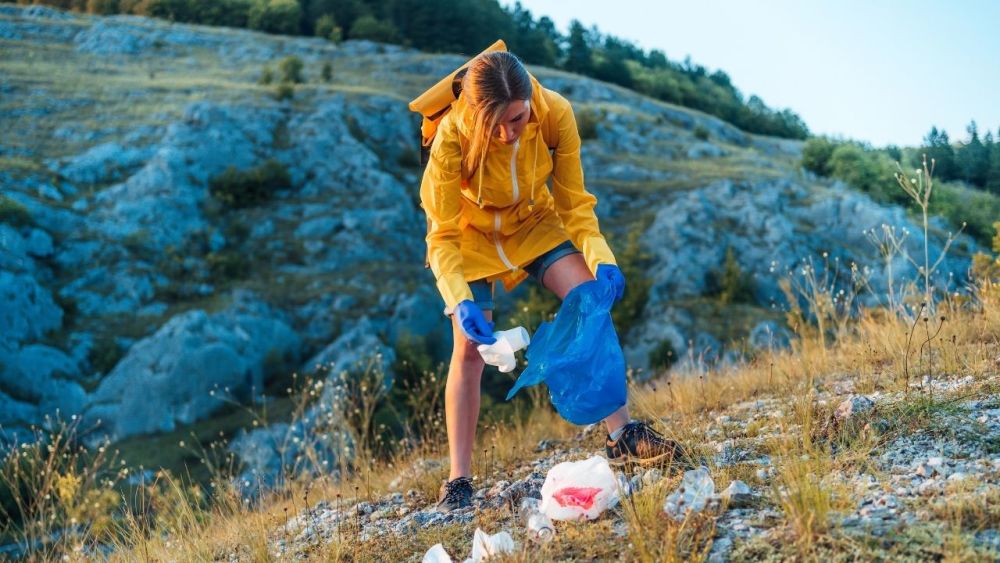
Principle 4: Leave what you find
The flower you leave standing and the stone you don't turn over are acts of respect.
I am always fascinated by the beauty that I find and that strengthens my connection to nature. And I know that my greatest gift to nature is to leave it as I found it.
This means in the LNT context for you:
- Preserve the past: Observe cultural or historical sites and artifacts, but do not touch them.
- Leave nature as you find it: Do not alter rocks, plants, or other natural objects.
- Prevent the spread of invasive species: Do not introduce non-native species into the environment and do not transport them.
- Avoid constructions: Do not create structures, furniture, or trenches in nature - shelters can be dismantled.
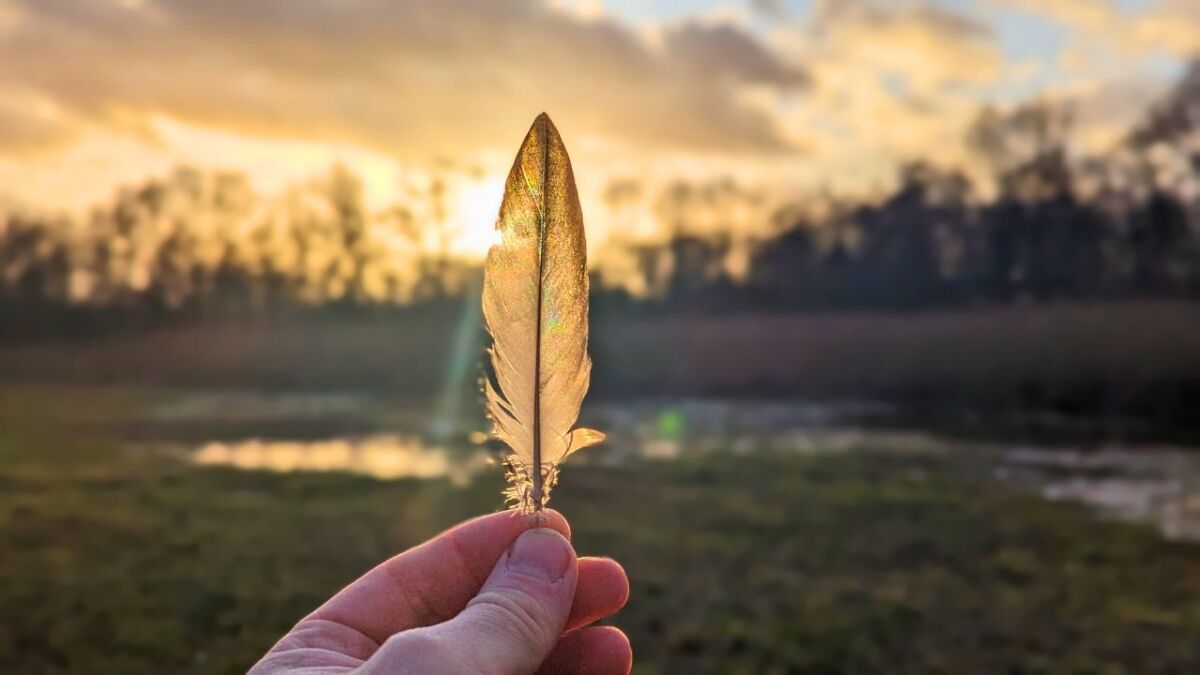
Principle 5: Minimization of campfire damage
I love the crackling of a fire, but I am aware of the traces it can leave behind.
I use existing fire pits, or even better: a small stove (Here's a great list).
Fire is an ancient force that we should honor by using it responsibly.
What you should consider:
- Minimize the impact of campfires: Use a lightweight stove for cooking and a candle lantern for light to protect the environment.
- Use existing fire pits: Where fires are allowed, use established fire rings, fire bowls, or constructed ash mounds.
- Keep fires small: Use only branches that you can break with your hands and that are already on the ground.
- Let fires burn completely: Burn wood and charcoal to ash, thoroughly extinguish fires, and scatter the cooled ash.
Principle 6: Respect the Wildlife
Observing wildlife is one of the highlights of being outdoors. However, true respect means admiring from a distance.
The animals need their space. I don't feed them and respect their habitats. This way, the wilderness remains truly wild. The following points are important:
- Observe wildlife from a distance: Do not follow them or approach them.
- Do not feed animals: Feeding wild animals harms their health, alters their natural behavior, and exposes them to dangers.
- Keep pets under control: Always keep them on a leash or leave them at home.
- Respect sensitive phases of wildlife: Avoid disturbances during mating season, breeding, raising of young, or in winter.
Principle 7: Consideration for other visitors
We are not alone out there. I live by the rule of giving others the same space I claim for myself.
Be quiet, keep your distance, and greet politely - it's simple, but it creates an atmosphere of community and respect.
Each of these principles is like a page in a manual for environmental responsibility.
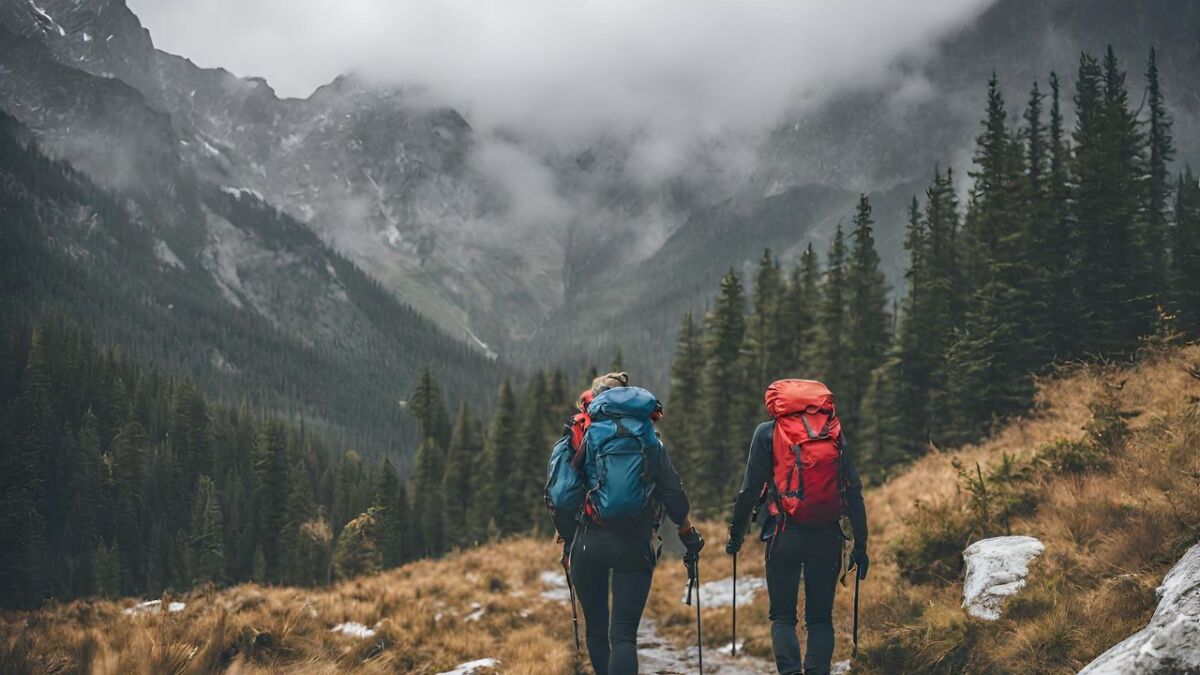
And you know what? If we all stick to it, the wilderness remains a place of awe and wonder that we can all enjoy without diminishing it.
In detail, that means for me:
- Respect others and their nature experience: Respect the experiences of others to protect the quality of their outdoor experience.
- Be polite: Give way to other users on the trail in a timely manner.
- Interacting with riders and pack animal handlers: Greet riders and ask which side of the trail you should move to when encountering pack animals.
- Take breaks and camp off the trail: Take your breaks and set up your camp away from trails and other recreation seekers.
- Let nature sounds prevail: Avoid loud voices and noises to not disturb the silence of nature.
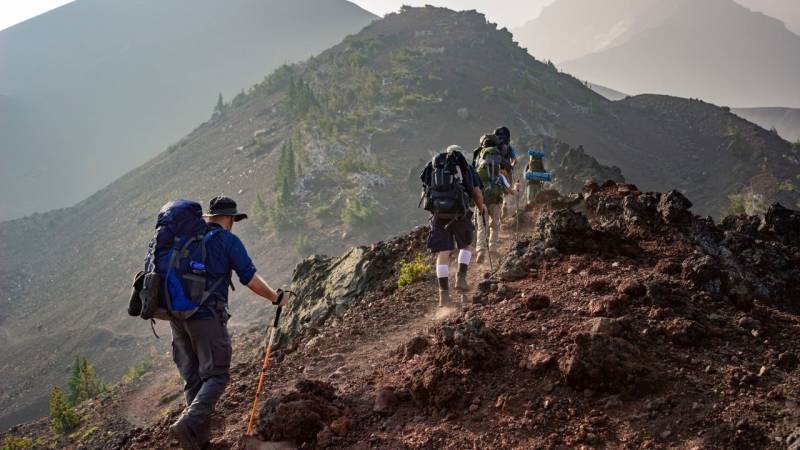
LNT in Everyday Life - More Than Just a Camping Trip
Now that you know the basics, let's talk about how you can implement Leave No Trace (LNT) in your everyday outdoor life. This will turn theory into a lived practice that benefits both you and nature.
Does Leave No Trace sound like remote wilderness camps to you?
But I assure you: It is so much more. Every walk, every hike, every day at the lake - they are opportunities to practice LNT.
- Paperwork: Plan your trips in advance, even if it's just to the local park.
- Trash: Always bring a separate bag for garbage - yes, even for other people's trash.
- Nature observation: Take photos of flowers instead of picking them; draw rocks instead of flipping them over.
- No fires: Enjoy a picnic instead of a campfire. Your environment and the fire ban will thank you.
Each of these actions may seem small, but together they create a big impact on our environment.
LNT is more than just leaving no trace
At the end, it's not just the big actions that count. Every time you go into nature, you enter into a relationship - a relationship based on respect, mindfulness, and responsibility. Leave No Trace teaches you to honor this relationship.
It is a promise we make to nature and ourselves.
And you know what? I am proud every time I see other outdoor enthusiasts living by these principles.
It shows me that we are on the right path. A path that may not always be visible, but always remains palpable - for nature and for us.
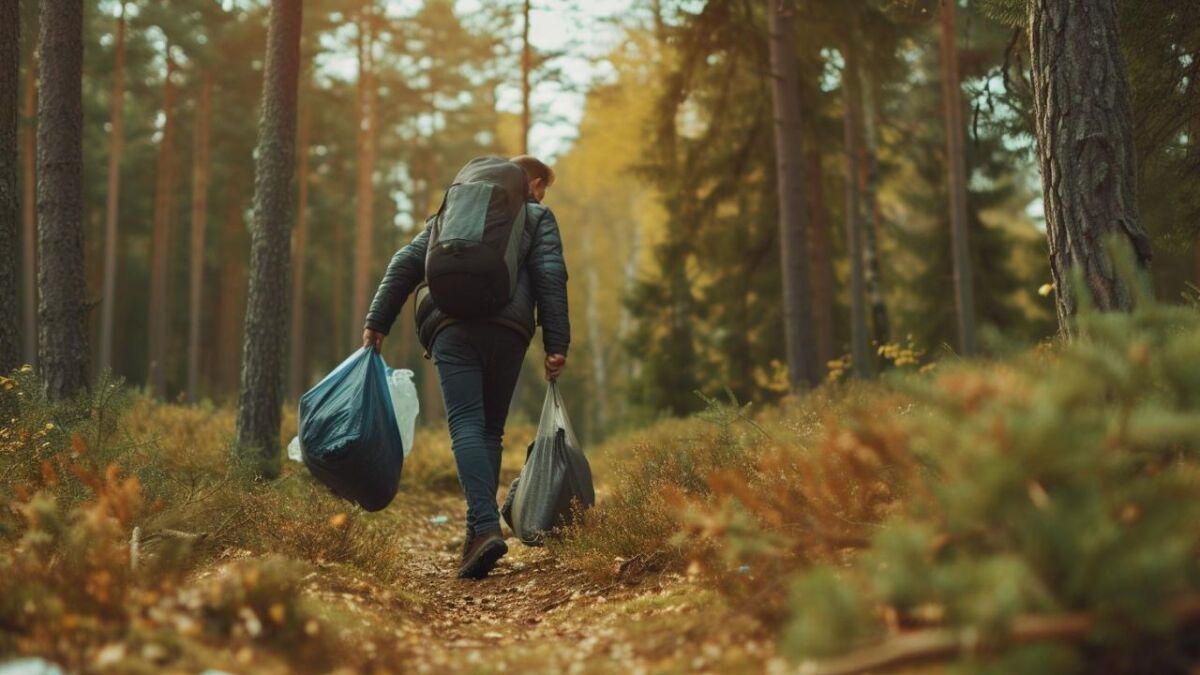
LNT in different environments
If you think Leave No Trace (LNT) only applies to your favorite forest area, then sit down because I have something to tell you!
LNT adapts like a chameleon to any environment - from crisp cold mountain peaks to the dustiest deserts. It's about keeping the footprint as small as possible - regardless of where you lace up your hiking boots.
The Art of Adaptation
Let's imagine you are in a desert. Sand as far as the eye can see.
Here, vegetation is rare and vulnerable. A single step off the trails can undo decades of plant growth.
So, what do you do? You stay on the trails, use existing campsites, and pack out every bit of trash.
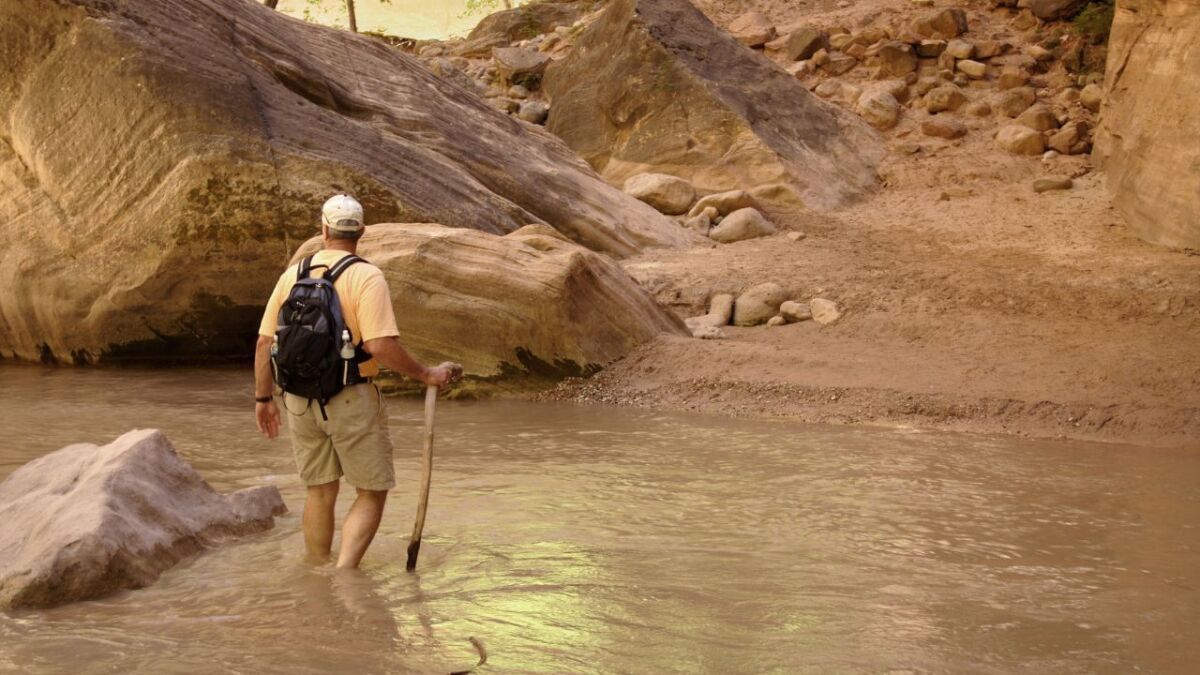
Now think about the forests.
The canopy whispers stories of centuries. But beneath these majestic tree giants, the ecosystem is delicate.
The LNT rule here? Don't use ropes on trees for your hammock, and leave moss and ferns alone.
In the mountains, it may seem barren, but even here, there is life in every crevice of the rock. The principle of LNT here is to not damage the soil and to respect the tranquility of the heights.
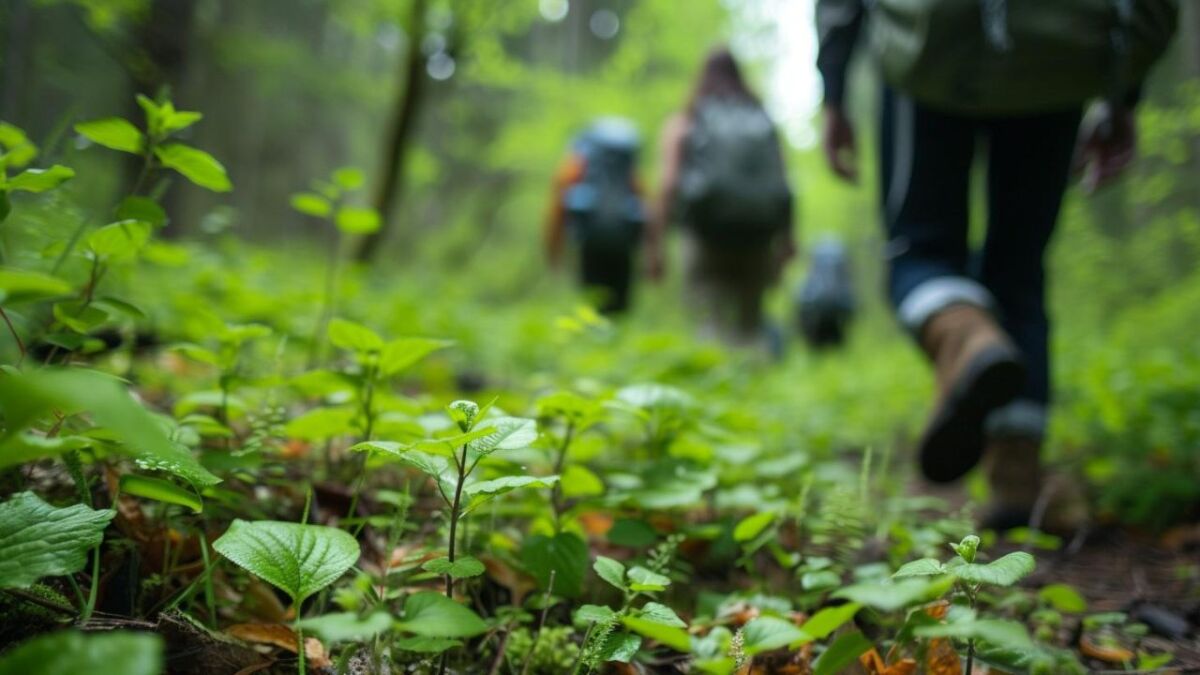
One principle, many faces
What matters at LNT is the willingness to adapt your behavior to the environment.
It's like learning the language of the landscape to engage in a dialogue with it.
So, whether you want to breathe the clear air of the mountains or hear the silence of the desert, don't forget: LNT is your loyal companion, quiet yet so powerful.
LNT and the Community
Together, we are strong - this applies to lifting heavy loads as well as protecting our environment.
Leave No Trace (LNT) is not just a guide for solo adventurers; it is the creed of an entire community that loves and lives for the outdoors.
Together, we are "Leave No Trace"
When I look back on how I came to LNT, I immediately think of the inspiring encounters with other outdoor enthusiasts.
Every conversation by the campfire, every tip from an experienced hiker, every shared activity strengthens the connection to nature and to each other.
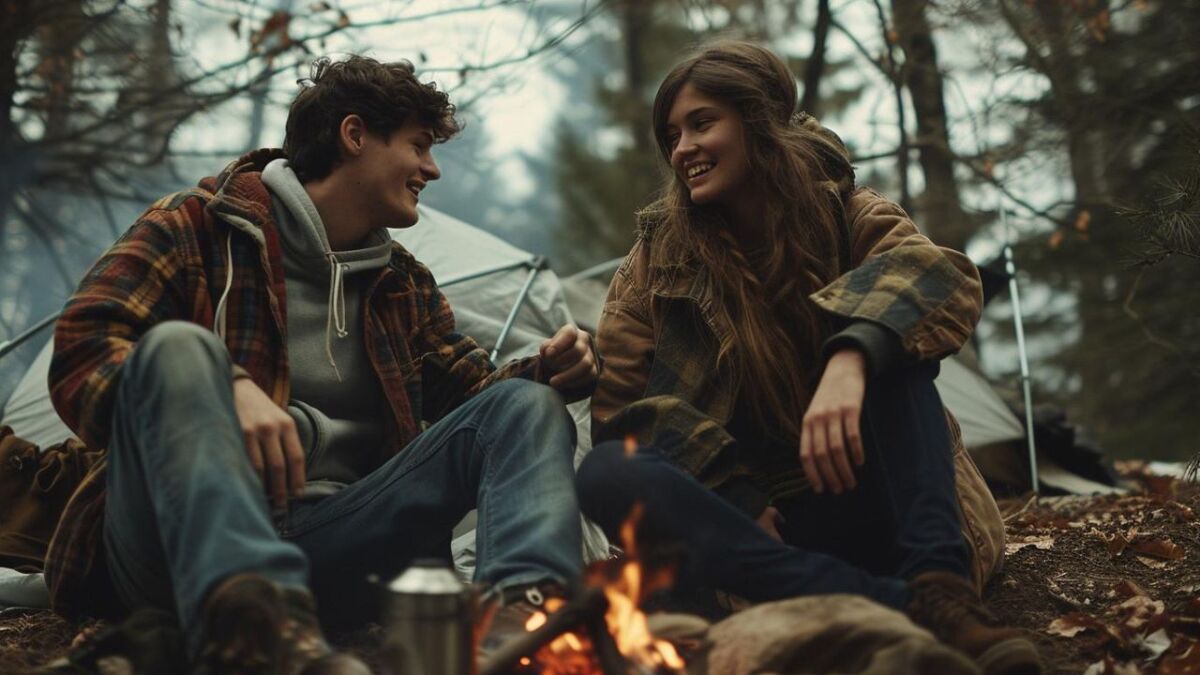
How LNT forms friendships
I remember when we sat around the fire after a clean-up and made plans on how to better protect our local parks.
A strong feeling of hope and confidence was in the air - because together we can bring about real change.
Possibilities for participating in LNT initiatives
Do you want to be a part of something bigger? Here are a few tips:
- Local environmental groups: Join, get involved, and participate!
- Become an LNT ambassador: Share your knowledge and passion with others.
- Volunteer activities: Support park administrations in maintaining and preserving trails.
LNT is like an invisible bond that connects us all - whether we are wandering through dense forests or standing on high peaks.
Through shared values and actions, a powerful force is created that can change the world. I am proud to be a part of this change and to see how each individual in the community contributes to it.
Because we all have one thing in common: the love for nature and the desire to preserve it for future generations.
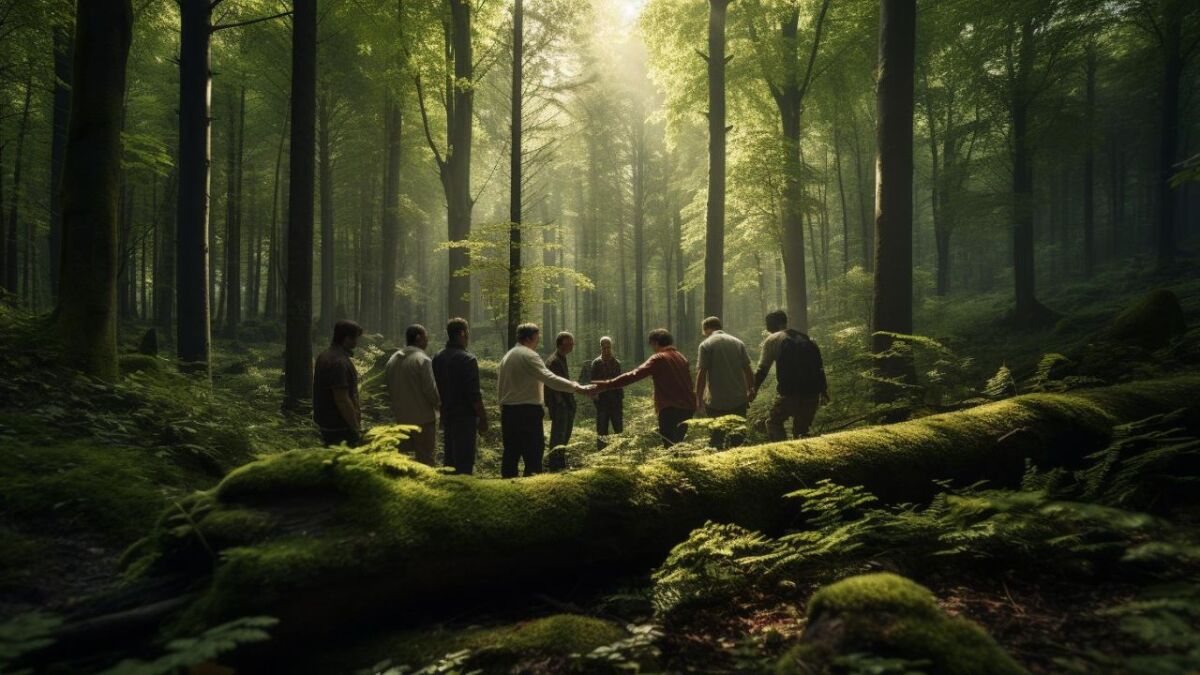
Future prospects of LNT
Before us lies a future in which Leave No Trace (LNT) will become even more important than it already is today.
I have seen how the movement has grown - how mighty trees have emerged from small seeds. But there are always storms, challenges that need to be overcome.
Mastering Challenges
We are more and more people who want to enjoy nature. The trails are getting crowded, the campsites scarcer.
And with each additional hiker, the risk increases that the principles of LNT will be pushed to the sidelines.
Here are the challenges:
- Education: Not everyone is familiar with LNT. The awareness needs to be continued and deepened - in schools, parks, and through social media.
- Lead by example: It's not enough to just know LNT; one must live it - in a way that others can see and learn from.
- Updating rules: Maintaining the balance between conservation and a growing population will require a constant adaptation of LNT principles.
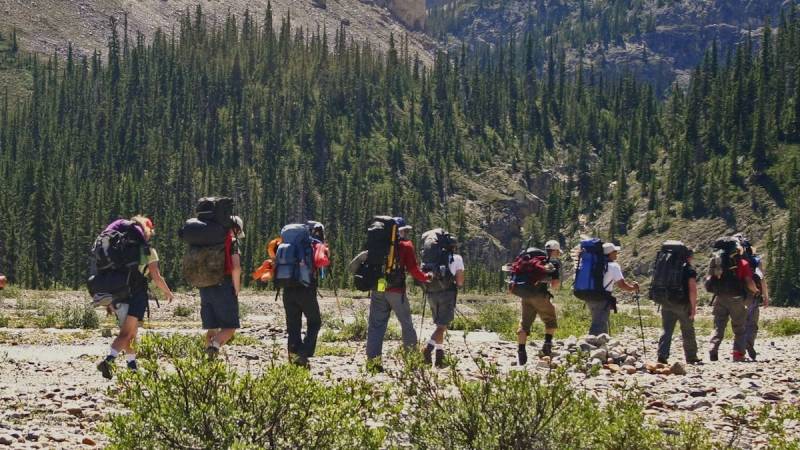
Seize opportunities
But where there is shadow, there is also light. We have the unique opportunity to make LNT a matter of course for everyone.
I dream of a world where respect for nature is as normal as wearing a backpack.
- Technology as an ally: With apps that inform us about LNT and track our impact on nature, we can act even more responsibly.
- Community projects: Networking is everything. The more we share our experiences, the stronger the network that protects nature becomes.
LNT for Future Generations
I have seen children marvel at the principles of LNT - the respect for life that it teaches.
When we take responsibility today, we pass on something priceless to future generations: a healthy, vibrant, and intact world.
This quote shows what LNT is really about.
It is an investment in the future, a promise to the generations to come that the wonders we enjoy today will still be there tomorrow.
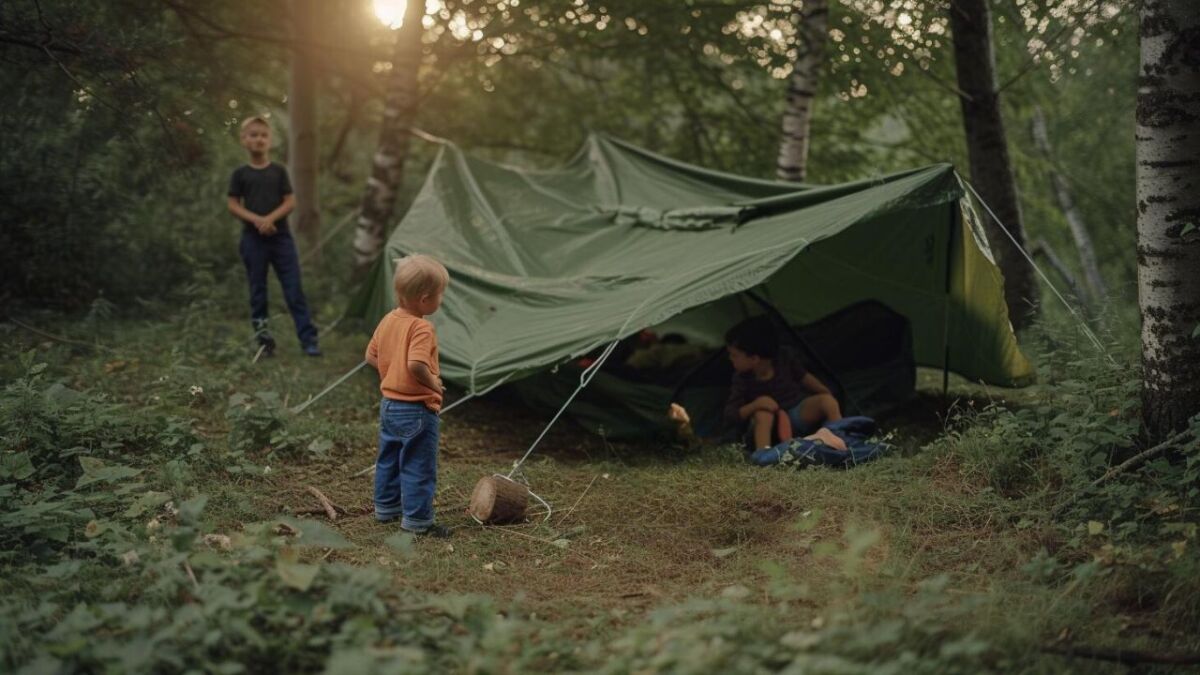
Frequently Asked Questions about LNT
If you're like me and have both feet firmly on the ground, then you know that questions are the key to learning.
Leave No Trace (LNT) sounds great, but it also raises many questions.
So, grab a cup of tea, sit back, and let's go through some burning questions about LNT.
Why is it so important not to stray from paths?
Imagine the hiking trail as the red carpet of nature, leading through its living room. If everyone stays respectful to it, the rest of the "room" remains untouched and beautiful. If you leave the path, you may trample delicate plants and take away the homes of small creatures.
How do I dispose of waste if I can't find a trash can?
A great question, and the answer is simple: Take everything back with you. I always have Ziplock bags for all kinds of trash - from fruit peels to used toilet paper. It's an adventure in itself to see how little waste you can produce!
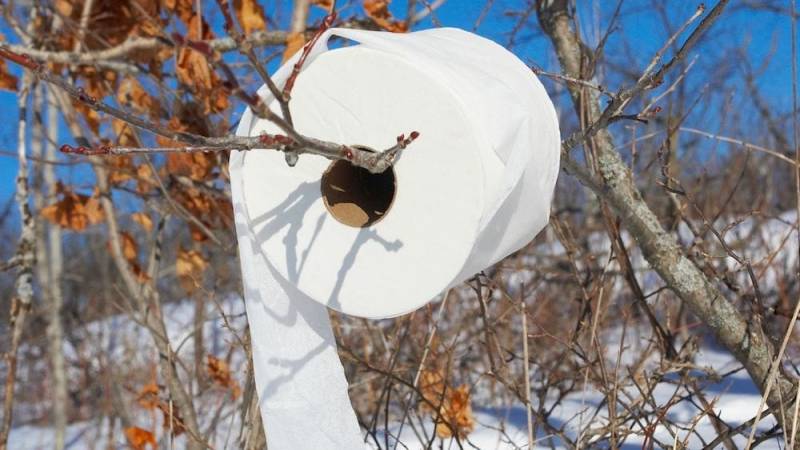
Is it not okay to take a souvenir from nature?
Many people here don't think far enough: If everyone were to take a souvenir, what would be left? I do it this way: I take photos and memories with me, but leave everything else where it is. That way, the next adventurer can experience the same joy.
How do I make a campfire without causing any damage?
This is one of the trickiest points. I recommend avoiding campfires whenever possible. But if you have: use existing fire pits, keep the fire small, and completely extinguish it before you leave. And remember: the best ember is one that leaves no trace.
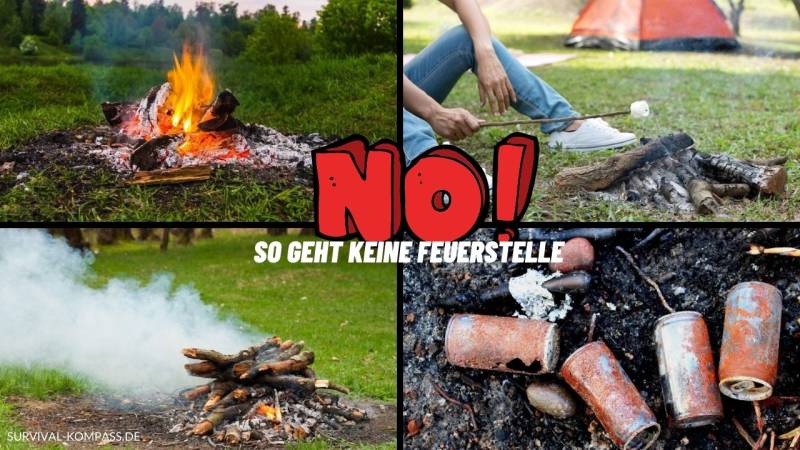
Summary and Conclusion
We have worked our way up from the roots to the flourishing crown of this mighty tree of sustainability.
And what remains is more than just a few good intentions. It is a deep understanding of how precious and vulnerable our natural heritage is.
The Essence of LNT
LNT is not just a set of rules. It is a reflection of our appreciation for nature.
- Planning: Every journey begins with careful planning.
- Respect: Every step is taken with consideration to preserve our environment.
- Legacy: What we leave behind are footprints in the heart, not in the earth.
Every time I walk along a stream or hike through the dense forest, I feel like a guardian of this wondrous world.
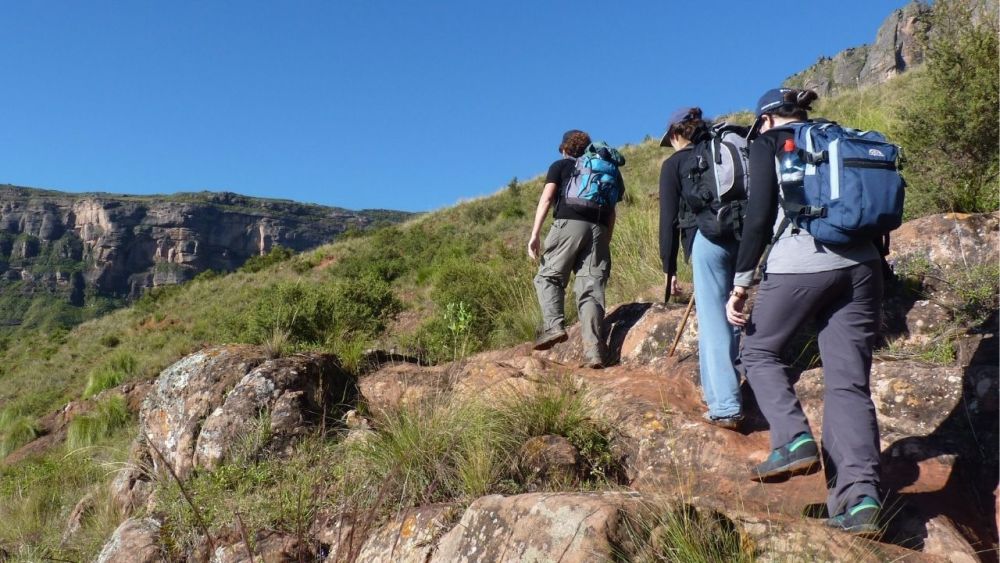
And now it's your turn. You have the tools and the knowledge to make your next adventure a shining example of LNT.
- Get involved, whether it's by picking up trash or sharing your stories and experiences.
- Continuously educate yourself, stay curious and open to new ways of experiencing nature.
- Be a role model for others and inspire them to follow the path of LNT.
We are the change
Remember, you are an important part of this movement. Each of us can be the change we want to see in the world.
It starts with the simple decision to live by the principles of Leave No Trace - with every breath, every step, and every decision we make in the wilderness.
We have the opportunity to enrich our nature experiences and at the same time, preserve our planet for future generations.
Let's walk this path together, with caution and pride, every single day.
Now it's your turn:
Pack your backpack, lace up your boots, and put your knowledge into action. The wilderness is calling, and it relies on you to respect its silence, its beauty, and its secrets.
We are the guardians of the green - today and all the days to come.
Your opinion matters, as it is the heartbeat of this movement. Let's find out together how deeply LNT is rooted in our everyday lives.
How do you implement Leave No Trace in your outdoor life?


Author of the guide
Martin Gebhardt
Hey, I'm Martin. On my blog, you will learn the basics and numerous details about living in the wild. I think survival, bushcraft and the good life in nature are the keys to happiness. Find me here on Instagram or on YouTube. You can find more about my mission on the About Me page.
Was this guide helpful?
14 people found this guide helpful.
5.00 out of 5 points (14 Ratings)
Comments (0)
This post may contain affiliate links. So if you click on the links and make a purchase, I will receive a small commission at no additional cost to you. Click here, to learn more about it.



